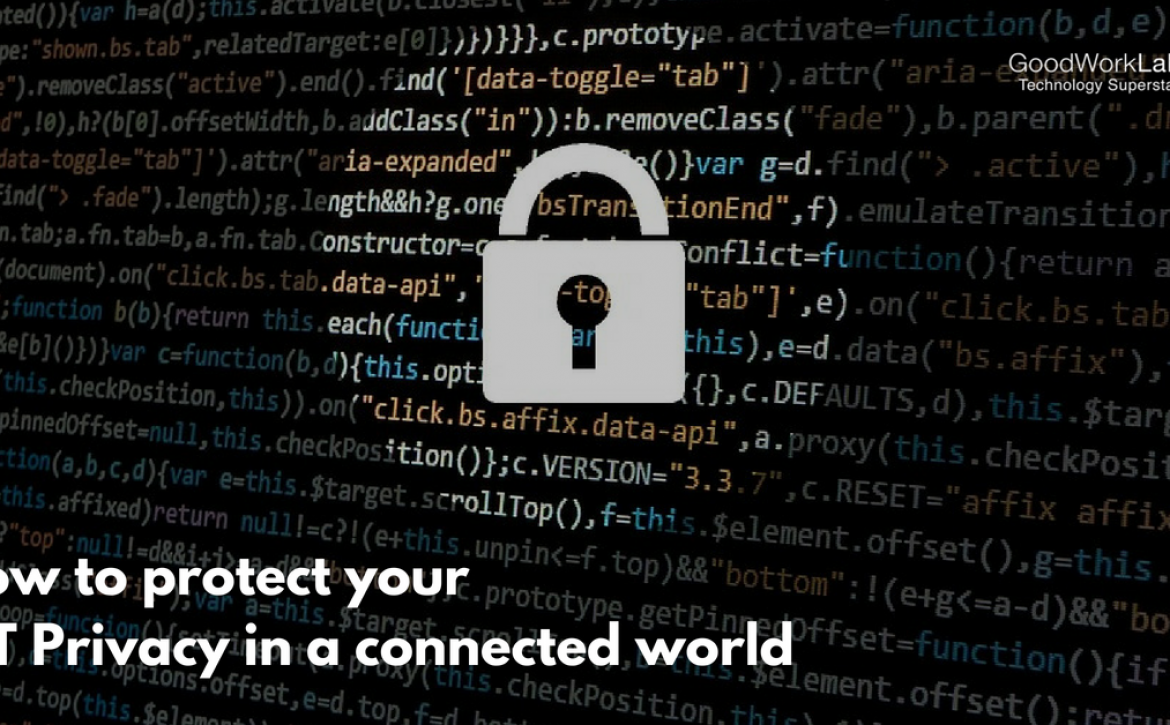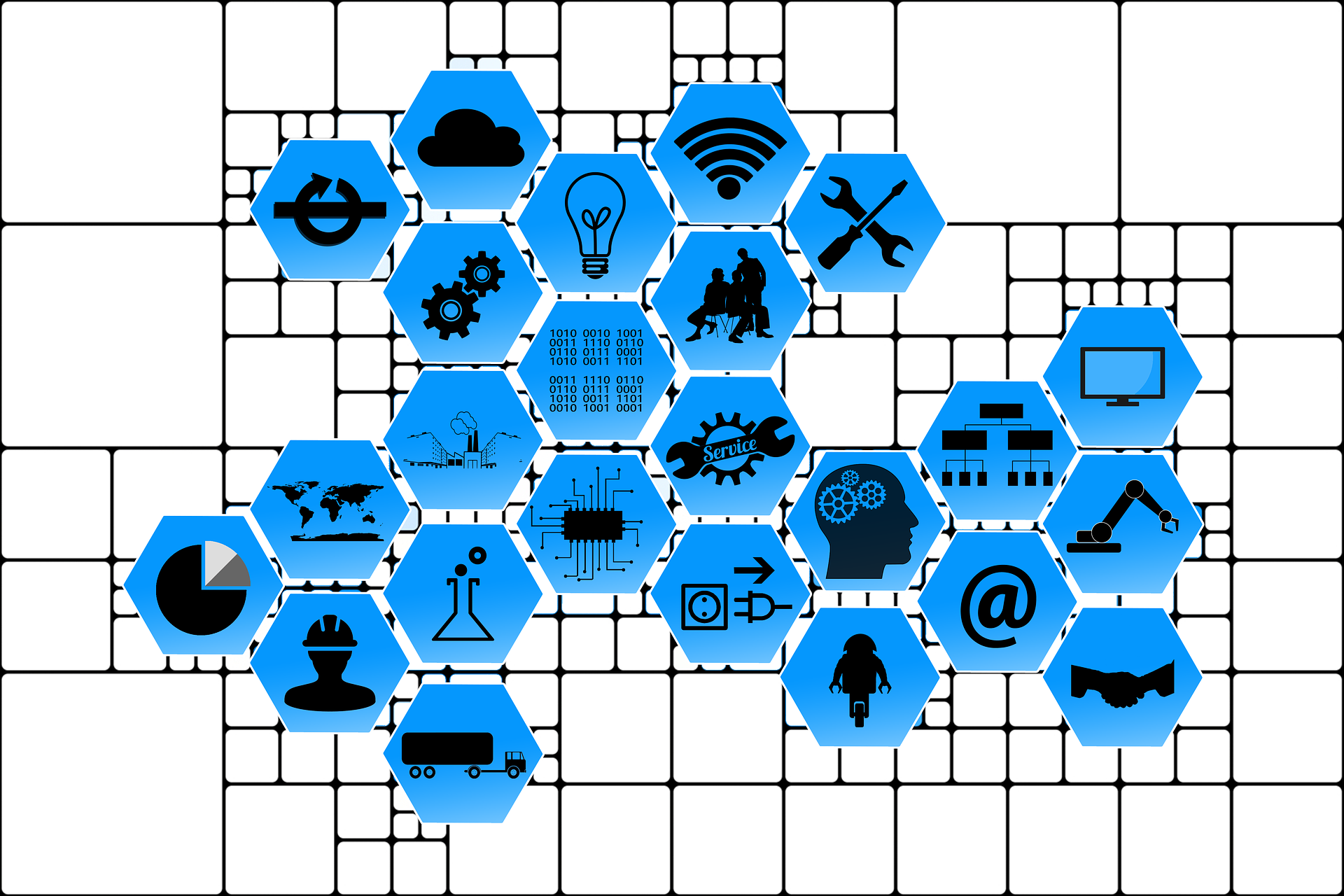How to protect your IoT privacy in a connected world
Importance of IoT Privacy and Security
Digitisation is great. It has managed to make the world a smaller place. You feel more connected to people who would not be near you. But is all this connectivity safe for you? Have you weighed the implications of trusting IoT products with the risks that come with sharing private digital information?
How secure is the information in an IoT-connected world?
In a world made small by digitization, how secure is your information really? Privacy is a space you call your own. For your own safety, you need to protect information that is personal to you online. Making them public could lead to disastrous consequences for you and those associated with you.
Privacy also is a subjective concept, on a human level. What one considers to be private information would not necessarily be considered so by another person. This “user-defined limit” to sharing data online is based on the trust in a certain system or its privacy settings in particular. Privacy provisions and trust are the important determinants of how much personal information can be shared.
Privacy and IoT
As you would know, trust is a major factor when it comes to sharing information over the Internet. And as IoT is getting more and more devices connected, more and more people are having connections with companies, the government, conglomerates, etc.
There are an endless string of tools that help in data gathering – sensors, devices, data generated from IP devices, machines that analyze collected cache and cookies and many more. Connecting more IoT-supporting devices increases the threat to your personal data. It becomes more vulnerable to a breach. One cannot connect to IoT devices without lowering defense protocols.
How to protect your privacy in such a vulnerable digital setting?
1. Change your default admin password
Usually, your internet administration password is just “admin” or “1234”. Changing this to something more complex with alphanumerics passwords and symbols will make it harder for hackers to get through.
2. Set up numerous network IDs
Routers these days enable the user to set up numerous Ids. To build up a secure fence, set up networks for your computer, your printer, and other such computing devices. Also, create a separate SSID for your additional devices like gaming consoles and smart TVs. This is to restrict hackers to one network only, in case they break through.
3. Encryption
Against privacy invasion, encryption is your best bet. It is the strongest tool against online theft. Using strong, multifaceted passwords that are hard to decipher goes a long way toward securing your devices.
4. Setting up firewalls
Setting up a firewall is one of the best ways to keep malware and hackers at bay. Though they cannot protect against all sorts of attacks, a firewall can at least fend off backdoor attempts. Firewalling your smartphones and smartwatches should be a mandate in today’s day and age.
5. Connect to trusted Wi-Fi spots only
Free Wi-Fi spots are tempting. However, resisting this temptation is a must. You can easily walk into a mess, which is nothing but a trap laid for you by hackers. When you are on-the-go, only connect to trusted and secure Wi-Fi hotspots only.
Keeping these simple techniques in mind can make you resistant to a load of malware attacks online in an IoT-connected world.




